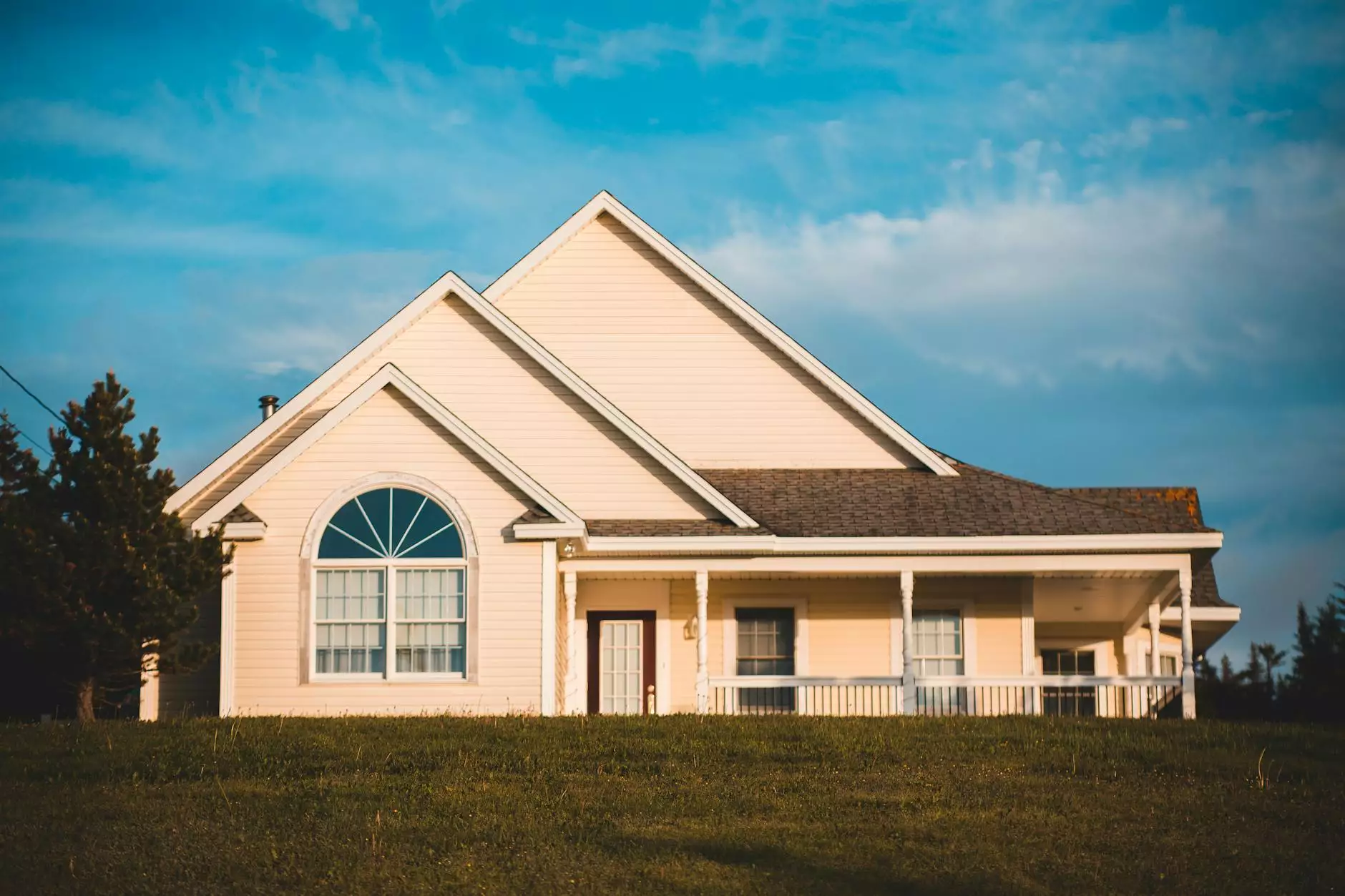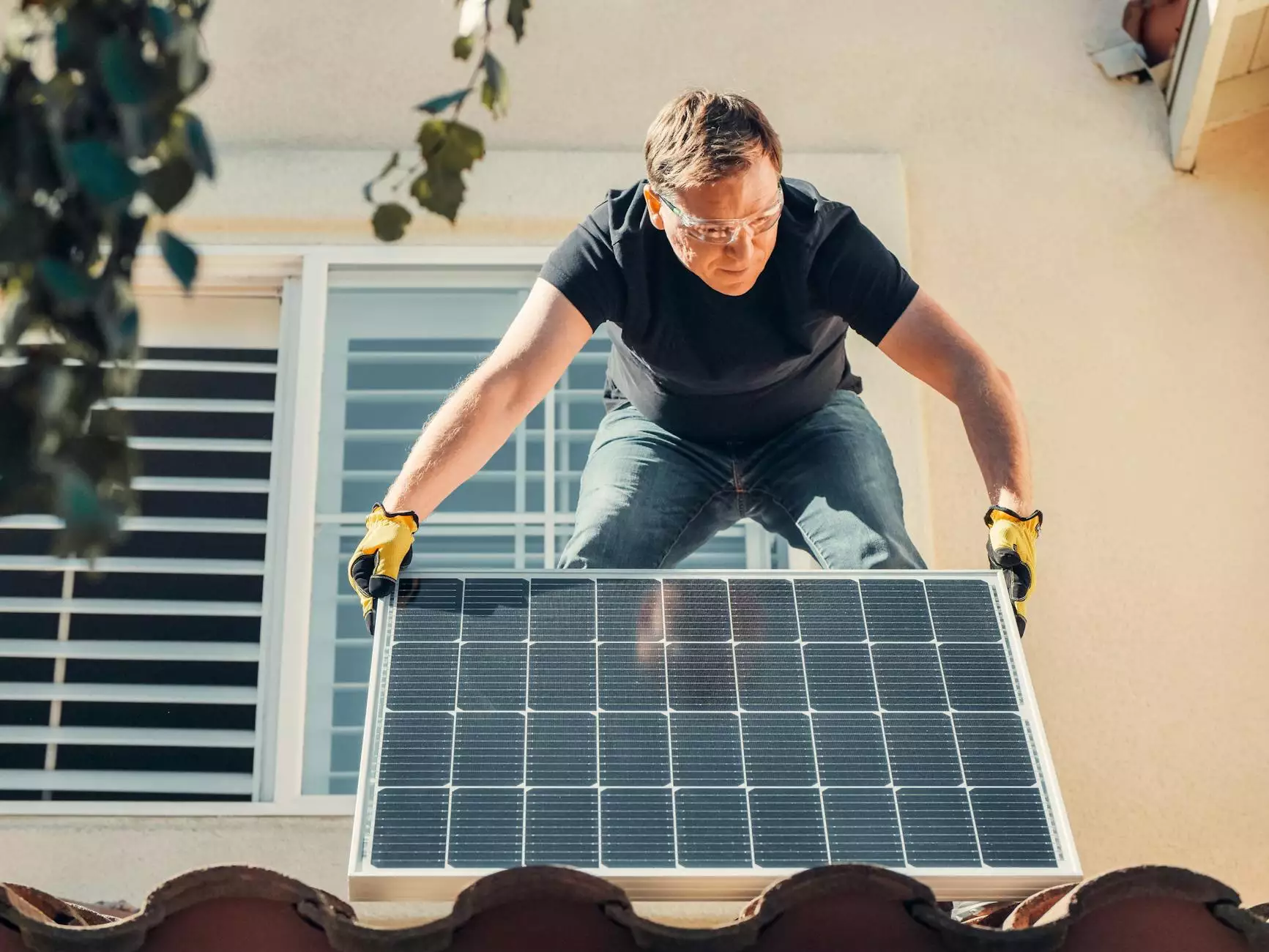TPO vs PVC Roofing Material: A Comprehensive Comparison

Introduction to TPO and PVC Roofing
When it comes to choosing the right roofing material for your project, the options can be overwhelming. With the advancement in technology, two popular choices stand out in the industry: TPO (Thermoplastic Olefin) and PVC (Polyvinyl Chloride) roofing materials. Both TPO and PVC offer unique features and benefits, making them competitive options for commercial and residential roofing applications. In this comprehensive comparison, we will delve into the differences between TPO and PVC roofing materials to help you make an informed decision for your roofing project.
Understanding TPO Roofing Material
TPO roofing is a single-ply roofing membrane that is made from a blend of ethylene-propylene rubber and polypropylene. One of the primary advantages of TPO roofing is its energy efficiency. TPO roofs reflect heat, leading to lower cooling costs for buildings. Additionally, TPO is known for its durability and resistance to impact, punctures, and tearing. This makes it an excellent choice for areas prone to extreme weather conditions.
Furthermore, TPO roofing is highly resistant to UV radiation and chemical exposure, which helps prolong its lifespan. It is also an environmentally friendly option, as TPO can be recycled at the end of its life cycle. TPO roofs are available in various colors and thicknesses, providing flexibility in design and customization. Overall, TPO roofing offers a cost-effective solution with its durability, energy efficiency, and low maintenance requirements.
Exploring PVC Roofing Material
PVC roofing is another popular choice in the roofing industry, known for its exceptional durability and longevity. PVC membranes are composed of two layers of PVC material with reinforcement in between. One of the significant advantages of PVC roofing is its fire resistance, making it a preferred option for commercial buildings and facilities with strict fire codes.
Additionally, PVC roofs are highly resistant to chemicals, UV radiation, and weathering. They maintain their integrity even under extreme temperature variations. PVC roofing offers excellent waterproofing capabilities, ensuring protection against leaks and water damage. PVC roofs are available in a wide range of colors, allowing for design versatility.
Furthermore, PVC roofing systems are known for their low maintenance requirements. They are easy to clean and require minimal upkeep over their lifespan. PVC roofing materials are also recyclable, adding to their environmental benefits. With their exceptional durability and resistance to fire and chemical exposure, PVC roofs provide a long-term roofing solution for various commercial and residential applications.
Comparison of TPO and PVC Roofing
Now that we have explored the individual features of TPO and PVC roofing materials, let's compare them to help you decide which one is the right choice for your roofing project:
1. Cost-Effectiveness
Both TPO and PVC roofing materials offer cost-effective solutions compared to other roofing options. TPO is generally more affordable, making it an attractive choice for budget-conscious projects. On the other hand, PVC roofing tends to have a higher initial cost but offers superior durability and longevity, making it a long-term investment.
2. Energy Efficiency
TPO roofing is well-known for its energy-efficient properties. Its reflective surface helps to reduce heat absorption, leading to lower cooling costs. PVC roofing also offers good energy efficiency but may not provide the same level of heat reflectivity as TPO.
3. Durability and Resistance
Both TPO and PVC roofing materials are designed to withstand harsh weather conditions. TPO is highly resistant to impact, punctures, and tearing, while PVC is known for its exceptional durability and resistance to fire andchemical exposure. However, PVC membranes tend to be slightly more robust and resistant to extreme temperature variations.
4. Maintenance Requirements
Both TPO and PVC roofing materials have low maintenance requirements. They are easy to clean and typically only require periodic inspections and minimal repairs throughout their lifespan. However, PVC roofing may have a slight edge in terms of easier cleaning due to its smooth surface.
5. Environmental Impact
Both TPO and PVC roofing materials offer environmental benefits. TPO roofing can be recycled at the end of its life cycle, reducing landfill waste. PVC roofing is also recyclable and offers an extended lifespan, reducing overall environmental impact.
Conclusion
Choosing the right roofing material for your project is crucial for long-term performance and satisfaction. TPO and PVC roofing materials both have distinct advantages and cater to different needs. TPO roofing offers affordability, energy efficiency, and resistance to impact, while PVC roofing provides exceptional durability, fire resistance, and chemical protection. Consider your project requirements, budget, and goals to make an informed decision. If you need further assistance or expert advice, feel free to contact Bio-One Atlanta, your trusted roofing specialists in the Business and Consumer Services - Cleaning industry.










